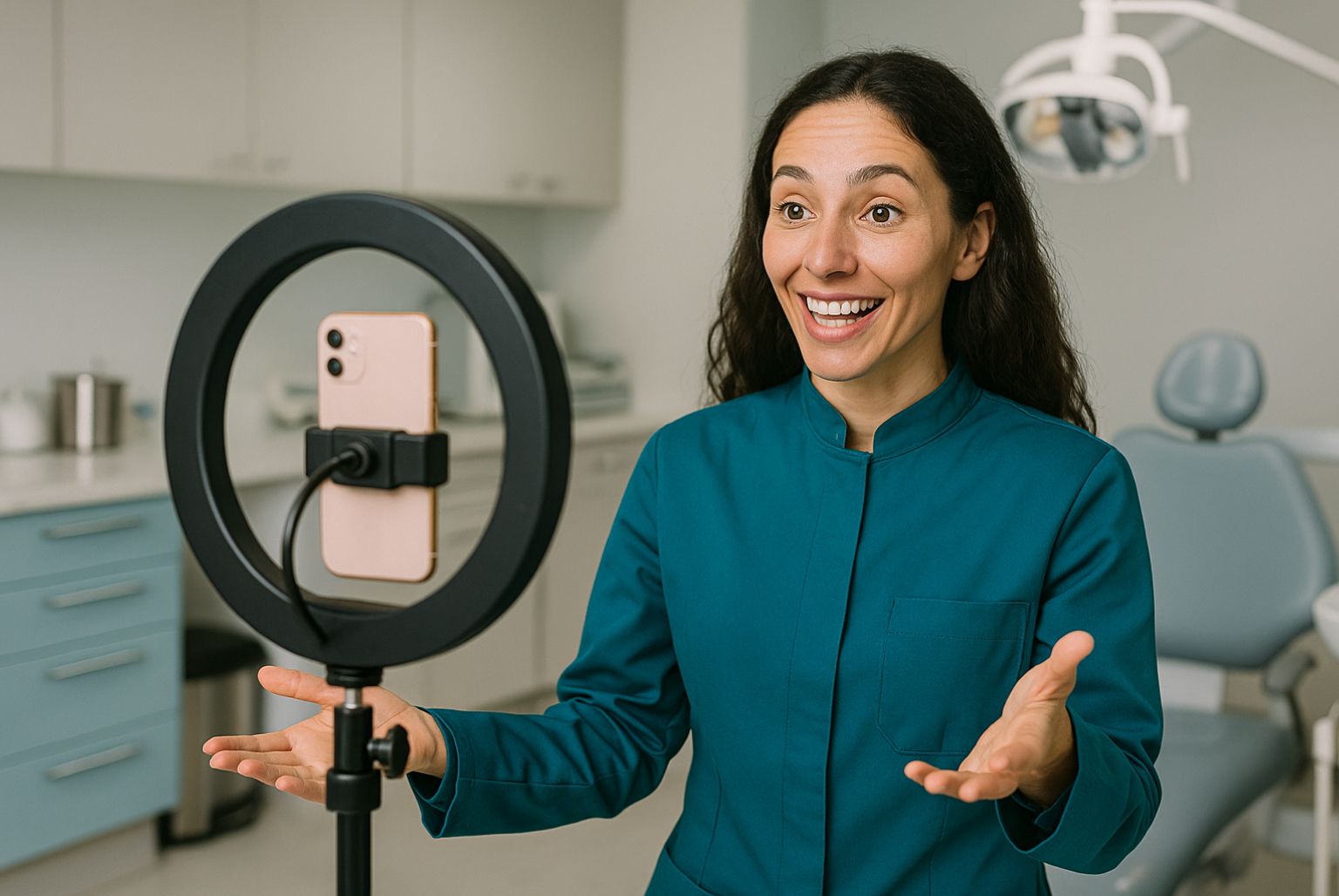Social media offers a choice of platforms to help you market your clinic and develop a relationship with your existing and potential patients. For many brands, social media has enabled them to skyrocket their visibility and even become a household name. But for all its potential, social media does need a strategic approach to succeed, as well as to prevent it from sucking huge amounts of your valuable time.
So, how can you get the best results from social media for your practice? How can you make the most of the time you’re online and get in front of your target patients?
One of the key approaches is to post your content to the best platforms for your business at the times when your audience is most likely to see and engage with it.
Choosing the right social media platforms for your business
Social media is a catch-all term for a huge number of platforms. According to eBiz MBA, the current top ten most popular social media networks are:
- YouTube
- Google+
- Tumblr
- VK
Maintaining an active presence on all of these social media sites can be a full-time job – and may not be where your patients are – so, in our experience, the wisest approach is to choose one or two platforms initially to build your audience. As you grow more confident and learn more about who your patients are and where they hang out online, you can diversify to other platforms.
Initially, think about your target patients, your brand and the kind of content you plan to share. Facebook, for example, is so popular because you can share a mix of statuses, images, articles, videos and so on. There are some downsides to Facebook, however, especially that the platform’s algorithms can make it hard to get your content seen by your likers unless they’re constantly interacting with your business page or you pay to promote posts.
Instagram is a great option if you want to share lots of images of your clinic or ‘day in the life’ pictures of your staff. It is also the second most engaged social network after Facebook, which means that users tend to be active – in fact, 60% of people with an Instagram account log in daily. On the flipside, Instagram doesn’t lend itself well to text-based content.
LinkedIn might be the most viable option for you if you’re interested in connecting with other professionals within your industry. This is ideal for clinics that include training academies, for example.
Twitter can be fantastic for building engagement too. It’s faster moving than other platforms though, so you need to post regularly to ensure that you show up in newsfeeds. According to research by Green Umbrella the average lifespan of a tweet is just 18 minutes!
Different platforms will appeal to different people and businesses. You may need to experiment with where you attract the best engagement.
One important recommendation is that you avoid posting the same content to multiple platforms. Although there can be some crossover in the news or information you share, you should try modifying the content so that it’s appropriate to the platform. Bear in mind too that some of your patients will follow you on multiple social media networks, so it’s better to give them fresh content. If you duplicate what you post, they may decide to unfollow you on one or more platforms to ensure that they only see new content from your practice.
The best days to post on social media
Having decided where and what to post, the next challenge is to identify when you should add content to social media.
Don’t worry – you don’t need to spend all day in front of your computer or phone; platforms such as Facebook have a handy scheduling facility. There are also a number of scheduling tools on the market or companies such as Cosmetic Digital that can handle your social media presence on your behalf.
We’ve done some research across the latest stats and reports, as well as our clients, to identify what days of the week people generally recommend as the best day to post on the major social media platforms.
The caveat is that different days and times may be better for your audience. The only way you will know is to experiment with when you post and carefully review all of the insights and data collected by the social media platforms and Google Analytics.
As a rule of thumb though, try these best days to post first:
- Instagram – Mondays
- LinkedIn – Tuesdays, Wednesdays, Thursdays
- Twitter – B2C Weekends & Wednesdays; B2B all weekdays
- Facebook – Thursdays, Fridays (marketing experts agree that the less people want to be at work, the more time they spend on Facebook!)
- Pinterest – Fridays, Saturdays
- Google+ – Weekdays
This isn’t to say that you should only post to Instagram on a Monday but you might want to save your most important content – the information that you really want potential patients to see – for those days.
The best times to post on social media
Again, we have researched the best times to post on social media but this is intended as a guide. Depending on their age, lifestyle, occupations and when they’re most likely to be online, your patients may engage with your social media at different times.
As a starting point, give these times a try:
- Instagram – 12pm to 1pm weekdays (there are a lot of variations in recommended times for Instagram based on the lifestyles and routines of the individual audience – lunchtime is a favourite time for scrolling through new content though)
- LinkedIn – 10am to 11am
- Twitter – Noon or 3pm on weekdays (for highest clickthrough rates); 5pm for highest retweets (this is because people are 181% more likely to be on Twitter during their lunch break or evening commute)
- Facebook – Between noon and 3pm on all weekdays (engagement is likely to be lower on Tuesdays); try between noon and 1pm at weekends
- Pinterest – 8pm to 11pm; 3pm on Fridays for fashion and retail
- Google+ – 9am to 11am
Using data to support when you post
The more you use social media, the more you will build up a picture through the data available from each platform and Google Analytics of when your target audience is online. This will enable you to schedule your most important content at the times when it’s most likely to be seen and shared.
Do remember to post content throughout the rest of the week though. It’s estimated, for example, that 75% of the people who will see a Facebook post will do so within five hours of posting, so it’s important to share fresh content on a daily basis or to repost content every few days to ensure that it’s seen by as many people as possible.
With Twitter, you should try to post at least three new tweets a day and also retweet some content from businesses that you follow that may be of interest to your audience.
Above all, keep asking questions and engaging with your audience. It isn’t enough to post and run. People have different expectations of social media and the brands that thrive are the brands that place their customers centre stage.




